I've been trying to change the size and rotation of a progress view to adopt the size of the screen. It would basically function have a filling glass effect on the screen of the phone.
I rotated it fairly harmlessly by using
self.masteryProgress.transform = CGAffineTransformMakeRotation((CGFloat(-90) / CGFloat(180.0) * CGFloat(M_PI)))
I got the size of the view encasing the screen using view.bounds trying to get the rect and the width x height. So I'm not stuck there.
I tried using .frame .drawRect but when I use those it either breaks them or does nothing.
The height attribute seems to be locked at a constant value of 2 in interfaceBuilder.
Any solutions before I build a custom animation?
I tried setting the height of the progress bar in interfaceBuilder like some other posts said, but I need to have the progress view fill the whole screen no matter what device it's running on so that solution won't work in my case.
I ended up using
CGAffineTransformScale(masteryProgress.transform, view.bounds.height / 1334, (view.bounds.width / 2))
Since I'm rotating the progressView vertically, I set the progress view to a width of 1334 (the height of the iPhone 6 Plus) and a height of 2. By dividing the height of the screen by these values it should resize to any phone perfectly.




